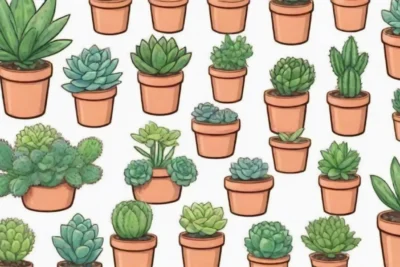
Tips for Encouraging Robust Growth in Your Succulents Indoors
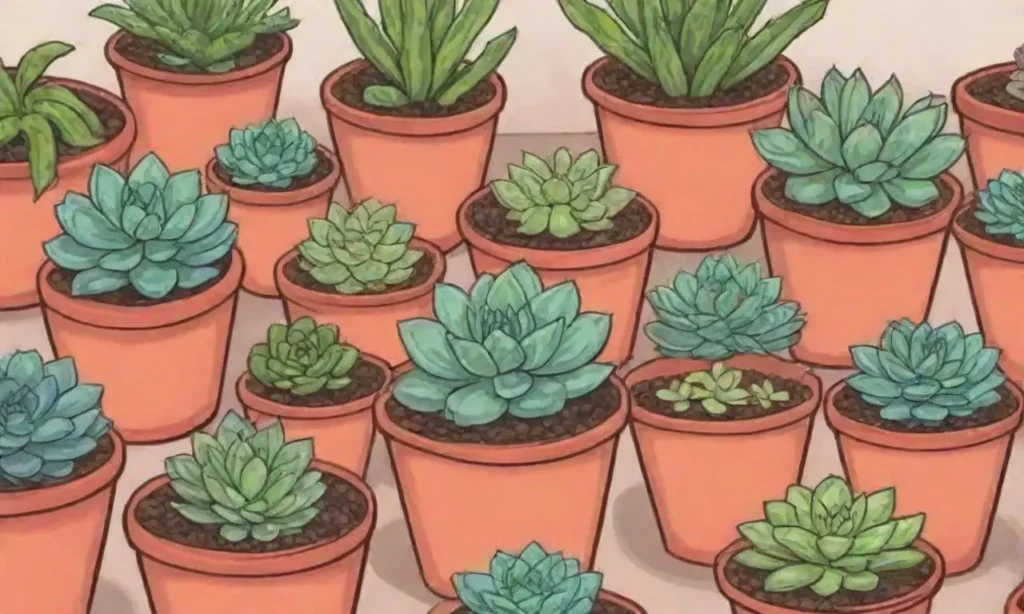
Introduction
Succulents are the darlings of the indoor gardening world, cherished for their low-maintenance care, stunning aesthetics, and their remarkable ability to thrive in various settings. Not only do they serve as beautiful decor elements in homes and offices, but they also offer the satisfaction of nurturing a living organism that gracefully adapts to its environment. The popularity of these plants transcends regions due to their resilience and charm, making them a preferred choice for both novice and experienced gardeners alike.
In this article, we will explore effective strategies and tips that you can implement to foster robust growth in your indoor succulents. From understanding their specific light and watering needs to soil selection and appropriate potting techniques, we will cover everything you need to know to ensure your succulents flourish in the comfort of your home. By following these guidelines, you’ll be well-equipped to cultivate lush, vibrant plants that will thrive for years to come.
Understanding Succulents and Their Needs
To encourage robust growth in your succulents, it’s important to first understand what defines them. Succulents are plants that store water in their leaves, stems, and roots, allowing them to survive in arid conditions. This unique adaptation enables them to thrive with minimal water, but it also requires specific care when grown indoors. Different varieties of succulents have varying needs, so it's essential to do a bit of research on the specific type you're nurturing.
One of the most critical factors in ensuring your succulents grow robustly is their lighting requirements. Succulents generally prefer bright, indirect sunlight. Positioning them near a window with filtered light is often ideal. If direct sunlight is too harsh (which may scorch their leaves), using sheer curtains can help diffuse the light. Alternatively, if your living environment has limited sunlight, consider using grow lights that simulate natural light, allowing you to create a conducive growing environment year-round.
Moreover, understanding the temperature preferences of your succulents is essential. Most thrive in a temperature range of 60°F to 80°F (15°C to 27°C), and exposure to cold drafts or extreme heat can hinder their growth and even suffocate them. It’s advisable to keep them indoors during winter or in places where the temperature contrasts sharply, ensuring they remain in a stable environment.
Watering Essentials for Indoor Succulents
Watering is arguably one of the most significant aspects of caring for your succulents. Given their ability to retain moisture, overwatering is the most common mistake made by succulent owners. Instead of following a strict watering schedule, it's far more important to observe your plants and understand their needs based on environmental factors such as humidity and temperature.
Checking the soil moisture is an excellent practice. Stick your finger about an inch into the soil; if it feels dry, it's time to water. When you do water, ensure you provide a thorough soaking while allowing excess water to drain out of the pot. This method helps to prevent roots from becoming waterlogged, which can lead to root rot.
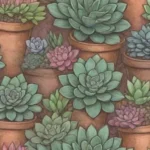 Uncovering the Unique Growth Forms of Rare Succulent Varieties
Uncovering the Unique Growth Forms of Rare Succulent VarietiesAdditionally, during the dormant season (typically late fall and winter), succulents require even less water. The rate of growth decreases significantly, and they enter a state of rest. Adjusting your watering schedule accordingly can help maintain their health and promote stronger growth as they emerge from dormancy in spring.
Soil and Potting Choices
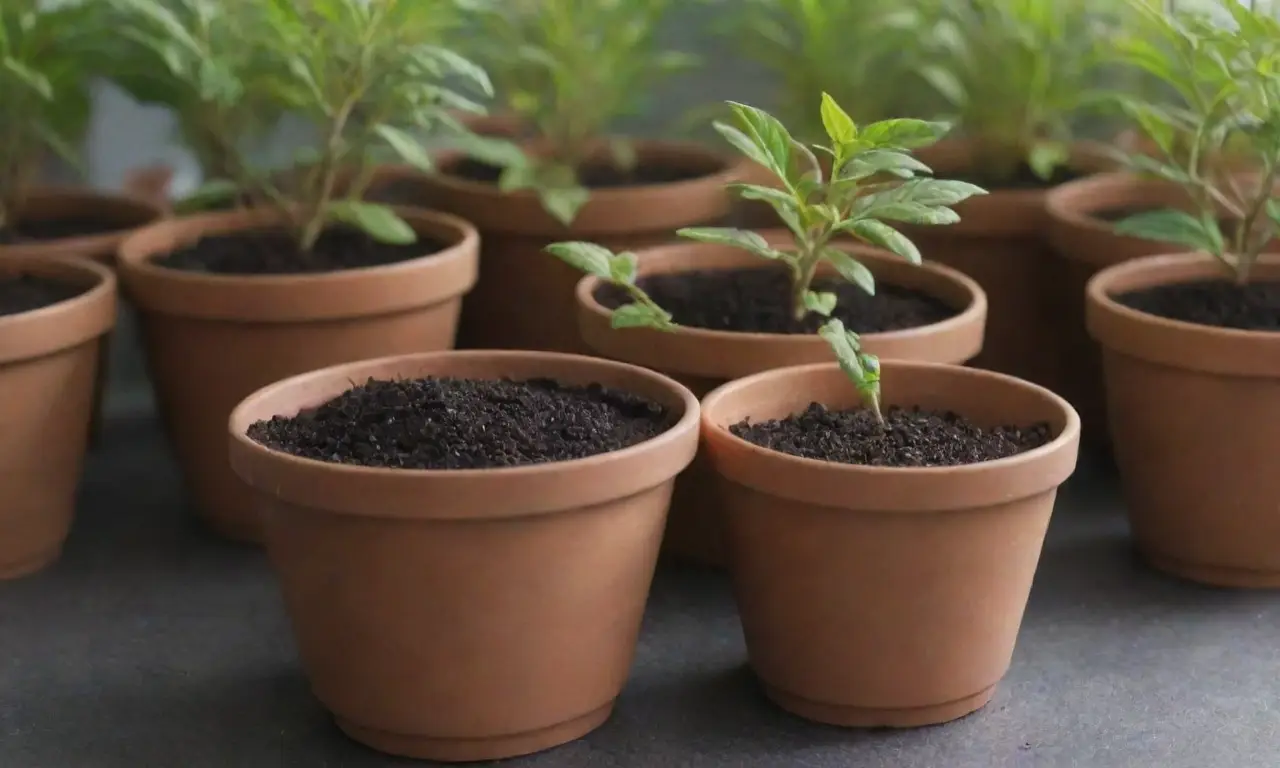
Choosing the right soil for your succulents is a fundamental component of their care. Regular potting soil retains too much moisture, which is not conducive to the health of most succulents. Instead, look for specialized cactus or succulent soil blends that offer excellent drainage and aeration. These specifically formulated soils often contain a mix of sand, perlite, and other organic materials that create a suitable environment for your plants.
When potting your succulents, the choice of container matters just as much as the soil. Ensure that the pot has adequate drainage holes at the bottom to allow excess water to escape. Terracotta pots are particularly popular for succulents because they are porous, helping to absorb excess moisture and allowing the roots to breathe. Plastic pots, while less attractive, can retain moisture longer, making proper watering technique even more crucial.
Repotting succulents every couple of years is also essential, especially if you notice their growth is stunted or if the potting medium has degraded or compacted. During repotting, you're providing your succulent with fresh soil and more room to grow. When you do this, gently remove the plant from its pot, shake off old soil, and trim any dead or rotten roots before placing it in a new container.
Fertilizing for Optimal Growth
While succulents do not require heavy fertilization, a light feeding during their growing season can work wonders to promote healthy growth. Typically, the growing season runs from spring to summer, and during this period, you may wish to incorporate a diluted, balanced fertilizer or a specialized fertilizer designed for succulents.
Use half-strength fertilizer every four to six weeks to avoid over-fertilizing, which can lead to salt buildup and damage to the plant. It's best to apply the fertilizer to damp soil, ensuring it reaches the root zone effectively. Additionally, liquid fertilizers designed explicitly for succulents can provide essential nutrients without overwhelming the plants.
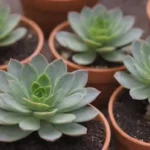 Tailoring Your Care Routine to Various Succulent Growth Patterns
Tailoring Your Care Routine to Various Succulent Growth PatternsAs fall approaches, it's wise to suspend fertilization to allow your succulents to prepare for their dormant period. This pause will enable them to conserve energy and resources, which is vital for their health and future growth cycles.
Pest Management for Healthy Succulents
Indoor succulents, despite their resilience, may still fall victim to pests. Common culprits include mealybugs, spider mites, and aphids, which can diminish the health of your plants if left untreated. Regularly inspecting your succulents will help you identify any signs of infestation early on, allowing you to take action promptly.
If you discover pests, a simple solution is to mix equal parts water and rubbing alcohol, and apply it to the affected areas using a cotton swab or a spray bottle. This method effectively eliminates pests without harming your plant. For more extensive infestations, you may need to consider purchasing natural insecticides or neem oil, which repels insects and promotes plant health.
In addition, maintaining proper airflow around your plants can help prevent pest problems. Avoid overcrowding your succulents and space them adequately to reduce humidity, which is an environment conducive to pest growth. Keeping your plants clean by wiping their leaves with a damp cloth will also discourage any pests from settling.
Conclusion
Growing vibrant and resilient indoor succulents is a rewarding journey that involves understanding and meeting their unique care needs. By providing adequate light, perfecting your watering techniques, selecting the right soil and potting options, and appropriately managing fertilization and pest control, you can cultivate plants that not only survive but thrive in your home environment.
The most crucial element of nurturing succulents is observation. Take the time to learn the specific requirements of the types you own. By closely monitoring their growth patterns, responses to care adjustments, and environmental changes, you can become attuned to their needs. Each succulent has its own personality; observing them will enhance your connection and improve the care you provide.
As you embark on this rewarding experience, remember that patience is paramount. Robust growth often takes time, but by implementing the tips and techniques outlined here, you’ll be well on your way to creating a thriving indoor succulent collection that brings joy, beauty, and tranquility to your space for years to come. Happy gardening!
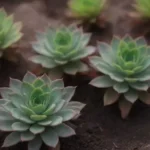 Key Indicators of Healthy vs. Unhealthy Growth in Succulents
Key Indicators of Healthy vs. Unhealthy Growth in SucculentsIf you want to read more articles similar to Tips for Encouraging Robust Growth in Your Succulents Indoors, you can visit the Growth Patterns category.

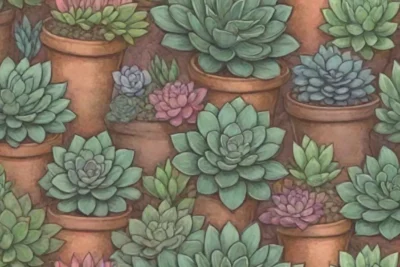
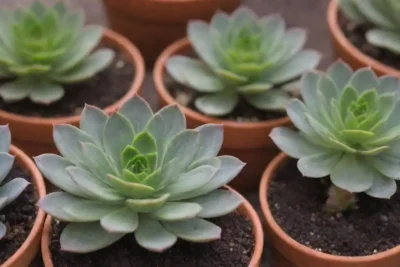
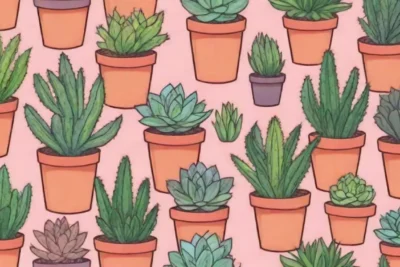
You Must Read